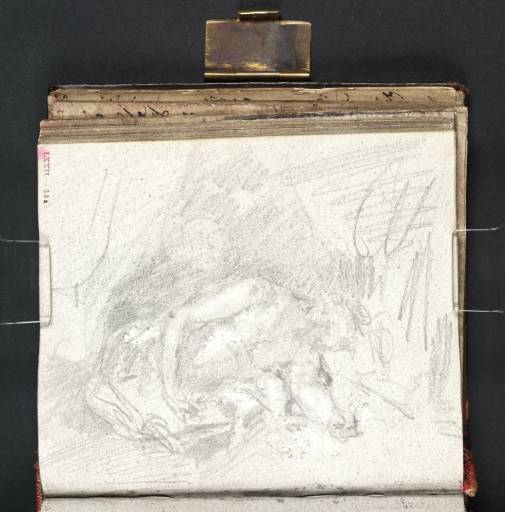References
How to cite
David Blayney Brown, ‘The Death of Cato, after Charles Le Brun 1802 by Joseph Mallord William Turner’, catalogue entry, July 2005, in David Blayney Brown (ed.), J.M.W. Turner: Sketchbooks, Drawings and Watercolours, Tate Research Publication, December 2012, https://www

